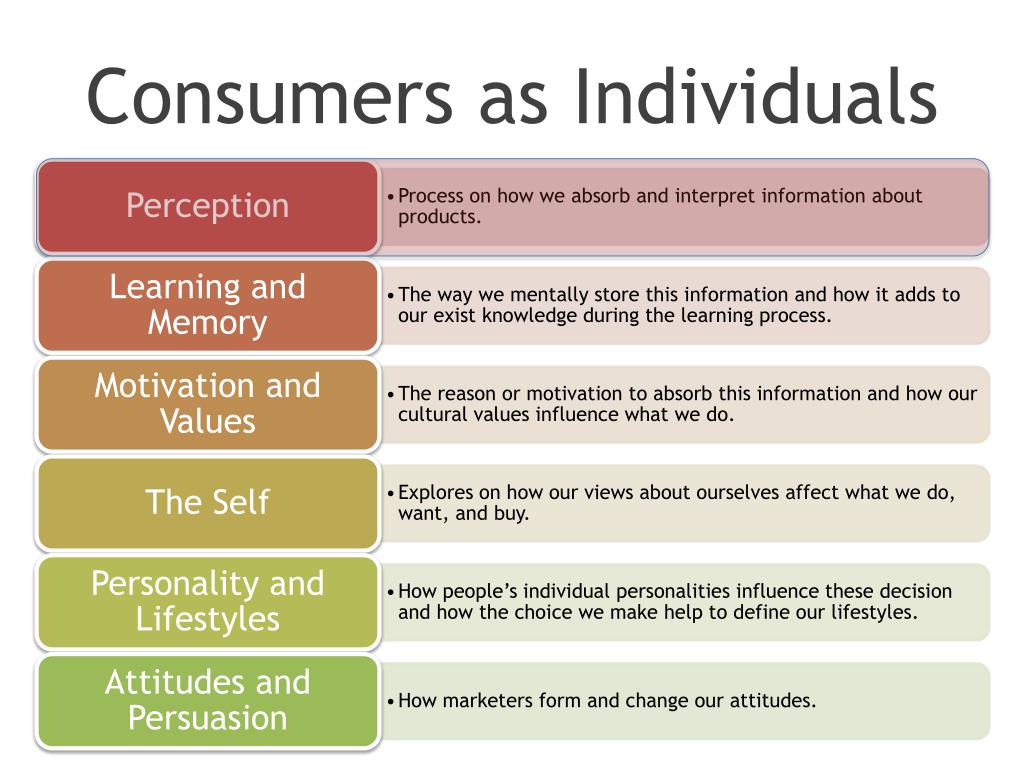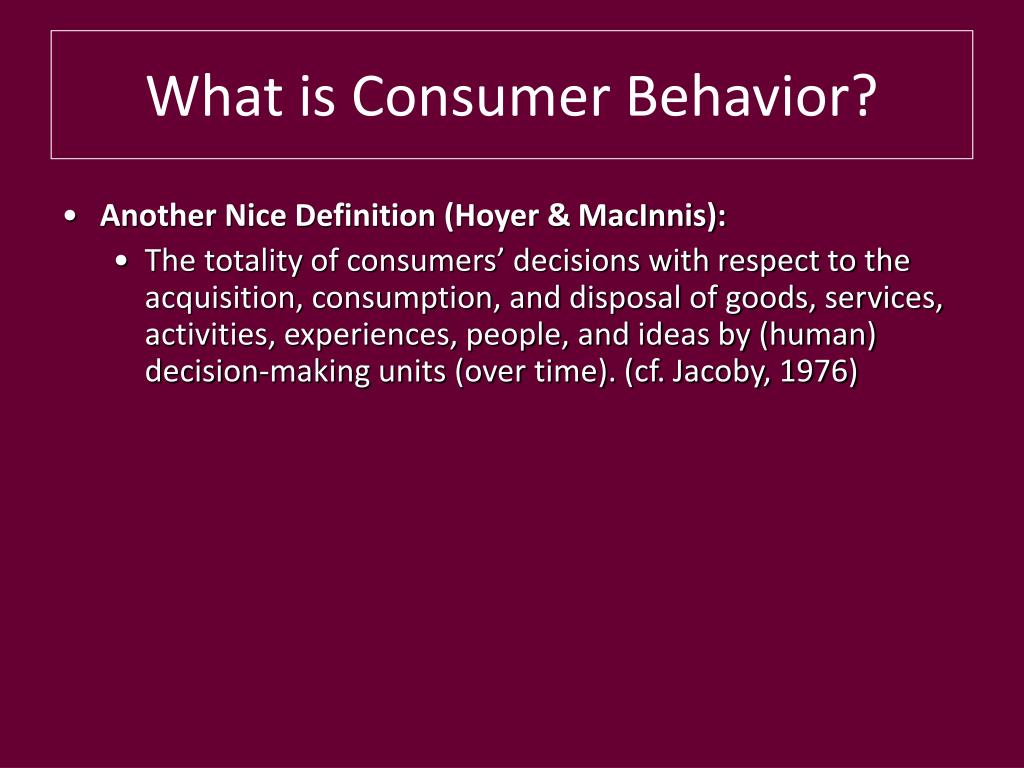
Perceptions of value typically involve a tradeoff between what the consumer receives and what he or she gives up to acquire and use a product or service (Woodruff 1997).Perceived value is something perceived by consumers rather than objectively determined,.Perceived value is inherent in or linked through the use to some product, service or object,.a consumer’s overall assessment of the utility of a product based on perceptions of what is received and what is given.ĭespite the varying terms and definitions, the following commonalities among these definitions stand out:.a customer’s perceived perception of what they want to happen in a specific use situation, with the help of a product and service ordering, in order to accomplish a desired purpose or goal.a customer’s perceived preference for and evaluation of those product attributes, attribute performances, and consequences arising from use that facilitate (or block) achieving the customer’s goal and purposes in use situations.any demand-side, personal perception of advantage arising out of a customer’s association with an organization’s offering, and can occur as reduction in sacrifice presence of benefit (perceived as either attributes or outcomes) the resultant of any weighted combination of sacrifice and benefit (determined and expressed either rationally or intuitively) or an aggregation, over time, of any or all of these.Sirohi, McLaughlin and Wittink (1998, p.all factors, both qualitative and quantitative, subjective and objective, that make up the complete shopping experience.


perceived customer value (Chen and Dubinsky 20),.value (Berry and Yadav 1996 De Ruyter et al.

The most commonly used marketing terms of value:

Based on ninety marketing-related articles, Woodall (2003) found eighteen different names for the value consumers derive from buying and using the product. So, as you can see, something as harmless as calling at the wrong hour or showing a potential customer the right color at the wrong time and at the wrong place, might reward you with a significant number of customers in at one time of day but a disappointing result at a different time of day.Researchers used different terms to define the construct of perceived value, although most of them meant the same concept (Woodruff 1997). Others are somewhere in between, preferring that you reach them during the main part of the day. Other people simply can’t concentrate on anything in the evening, and would rather that you had caught their attention in the morning. Every customer’s engagement with a company’s brand will impact customer perception, meaning if the customer has a positive interaction, such as receiving products on time and as described, trust and brand loyalty will grow. You would do better to catch them right after dinner, when they’re relaxed. This dual perception might not have anything to do with you some people are not morning people, and the worst time to try to sell 'not-morning' people is in the morning hours, especially before they’ve had breakfast and coffee. According to surveys and research, customer perception has an influence on: By having positive opinions, thoughts and experiences related to your company and brand, a new customer may decide to join and try out your products, while an existing customer is more likely to become a return one. Your customers might have a positive perception of you if they come across your products and your niche during a certain time of the day,but they may hold a negative perception at another time of day. Even things outside of your control, which may seem innocuous, such as the time of the day when your customer interacts with your brand - even this will affect consumer perception. The contributions address various aspects of consumer psychology and behavior, risk perception and communication, marketing research strategies, as well as. The truth is that everything affects customer perception, from the way you position your product vertically and horizontally on a shelf, to the colors and shapes you use in creating your logo.


 0 kommentar(er)
0 kommentar(er)
